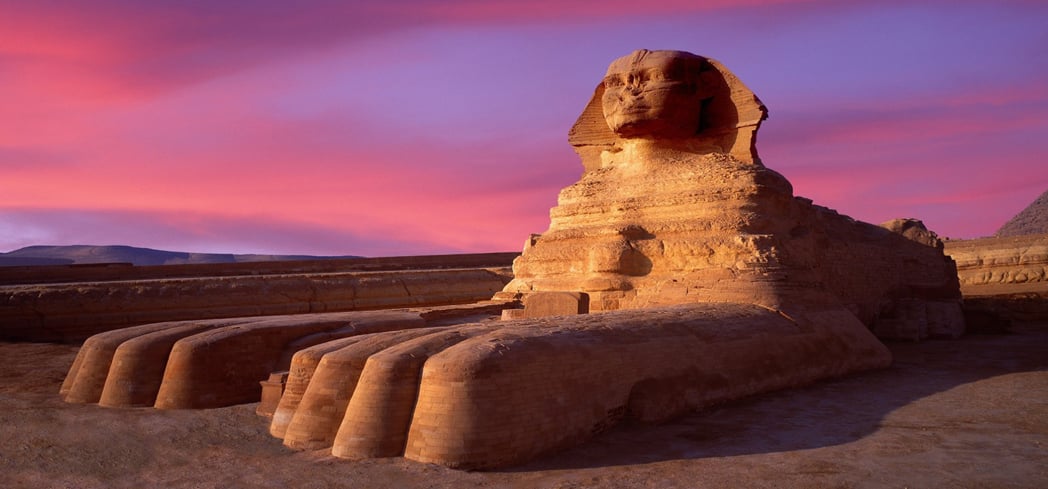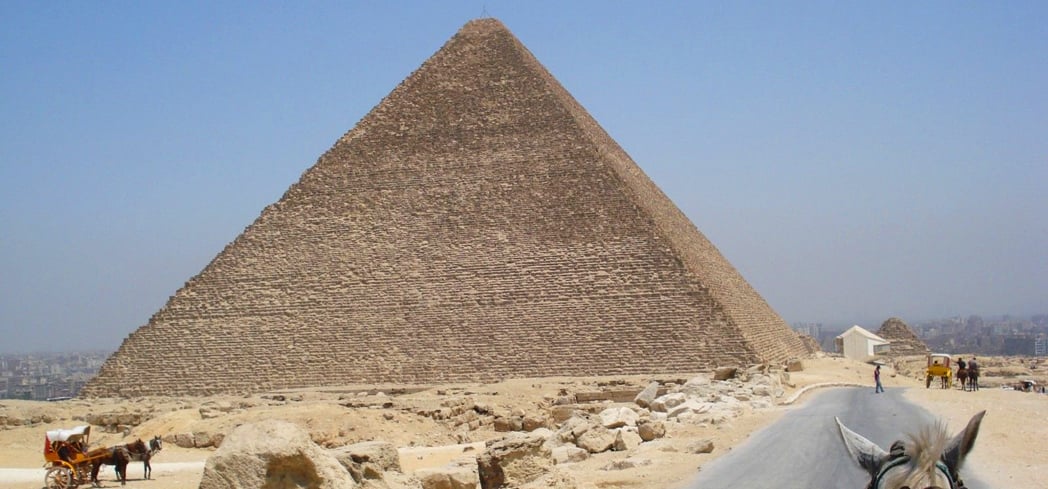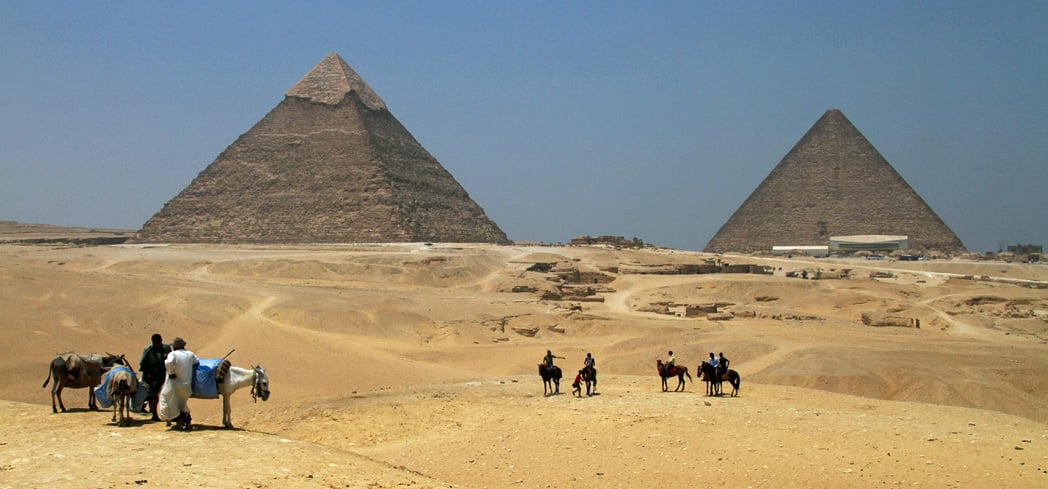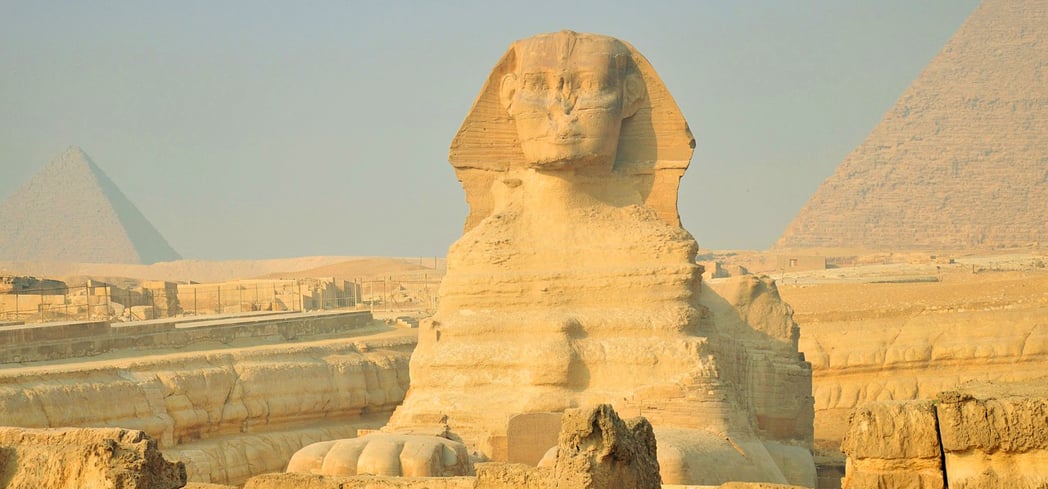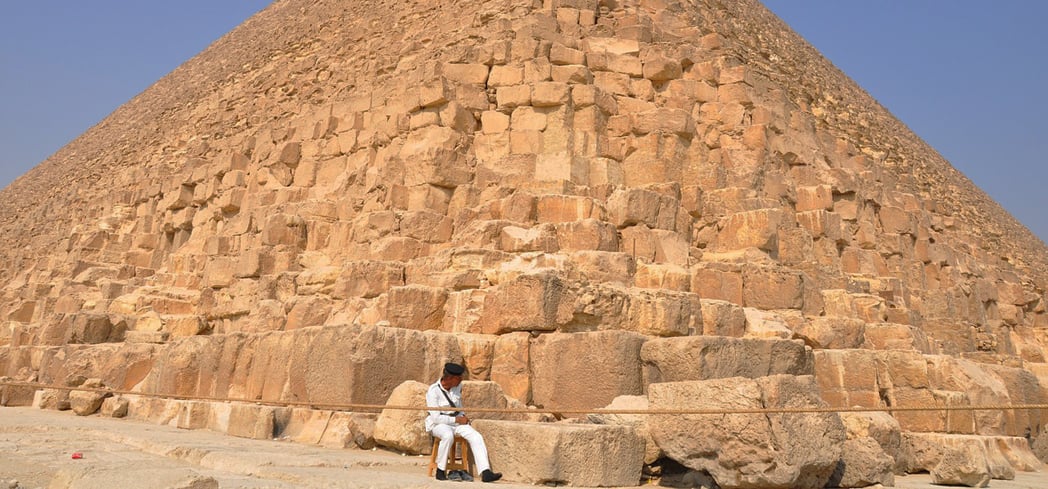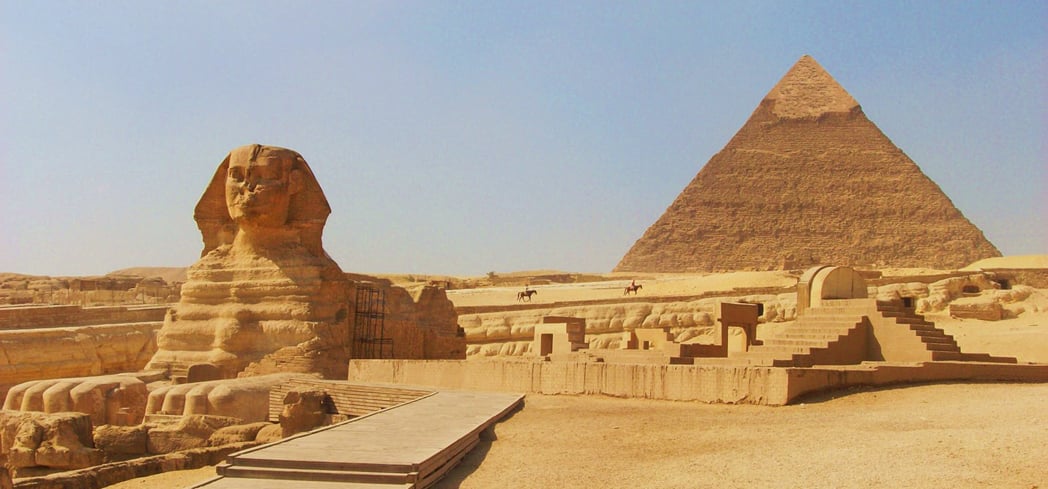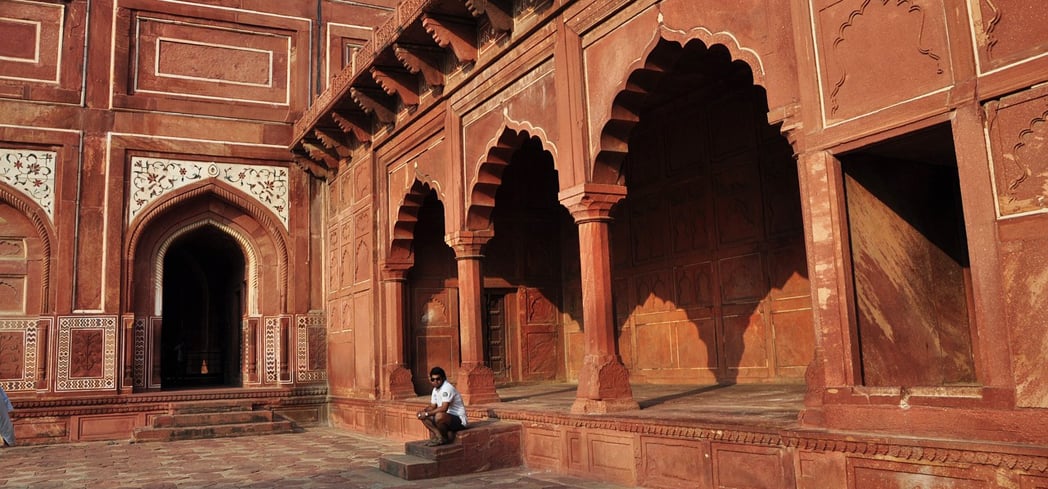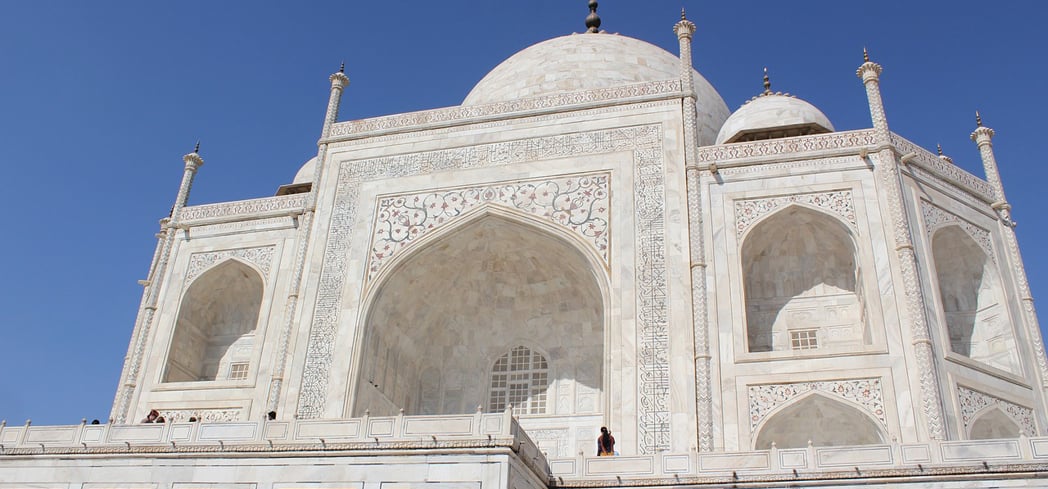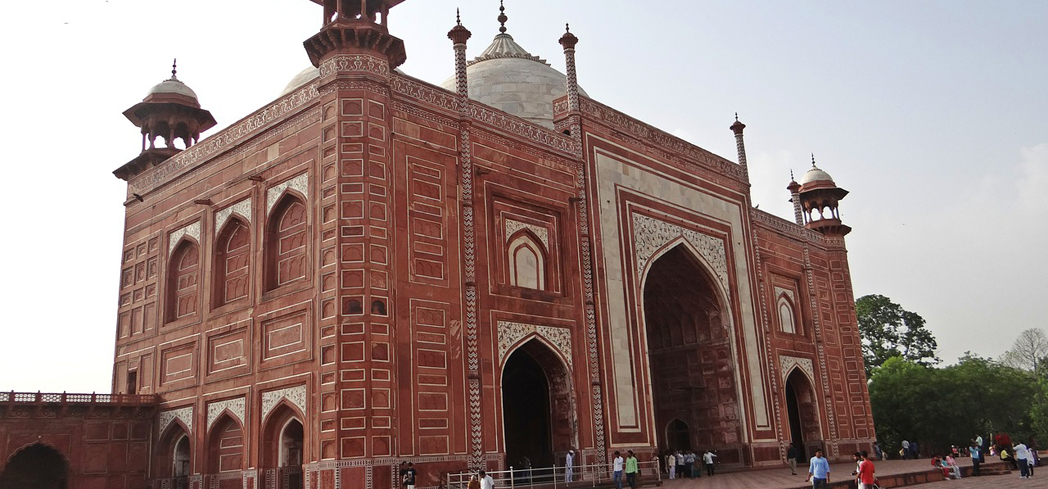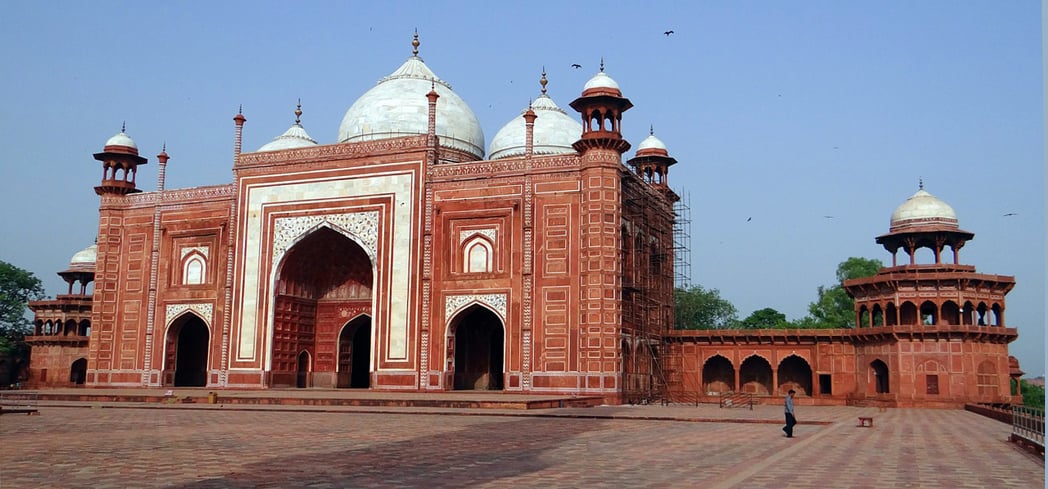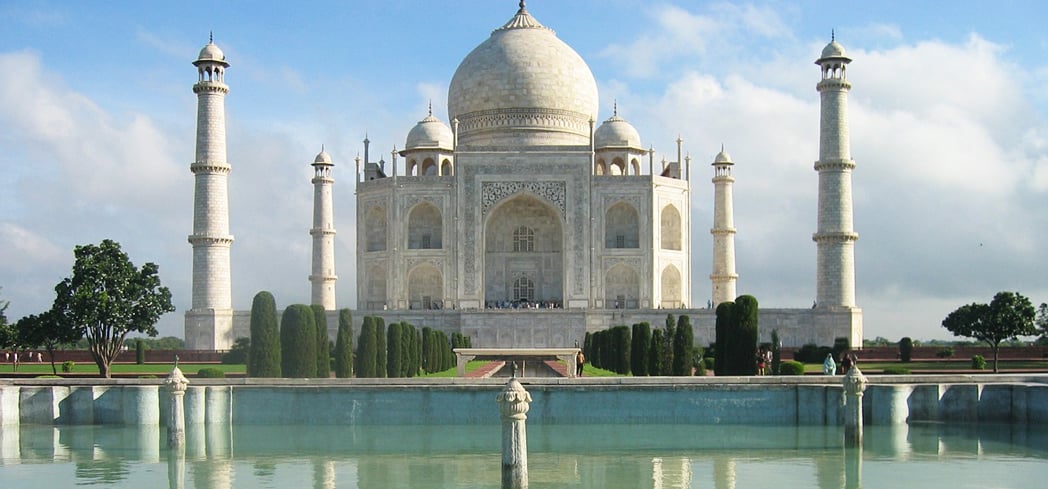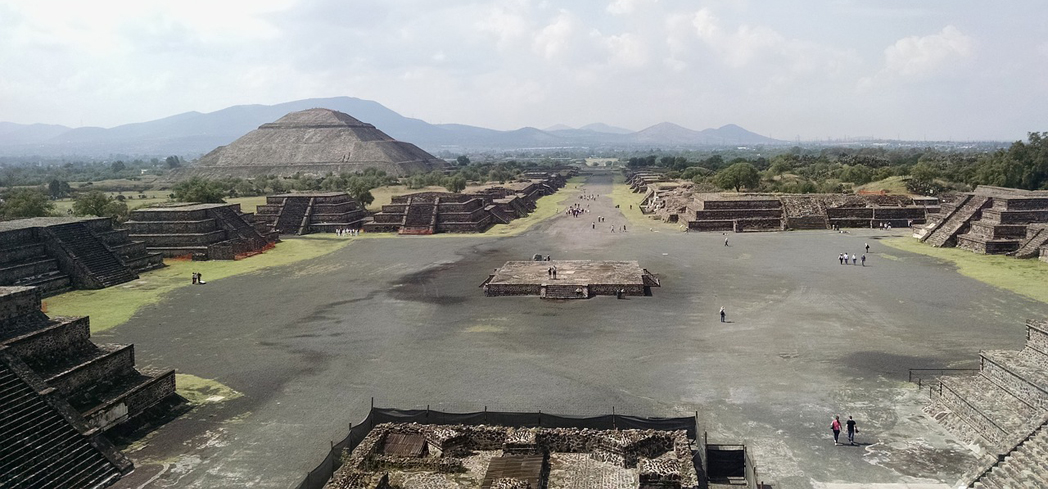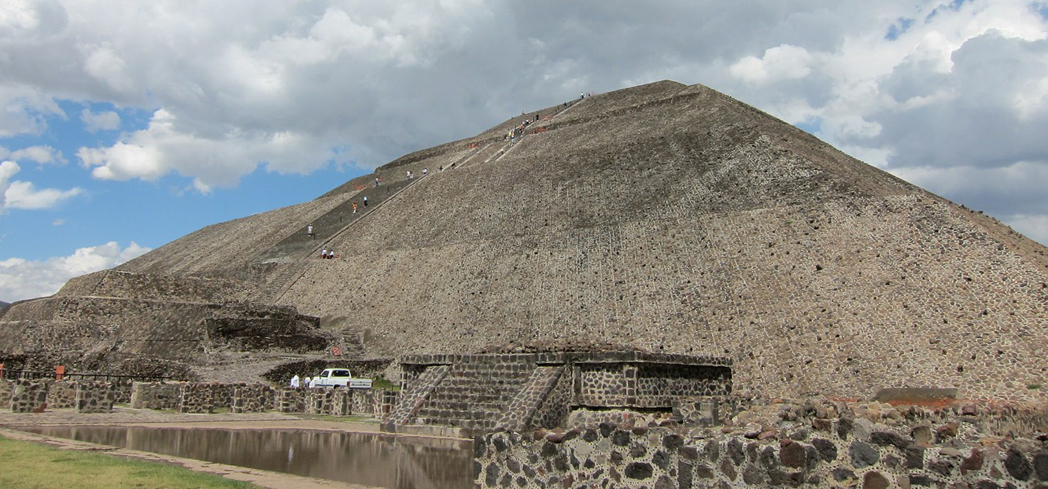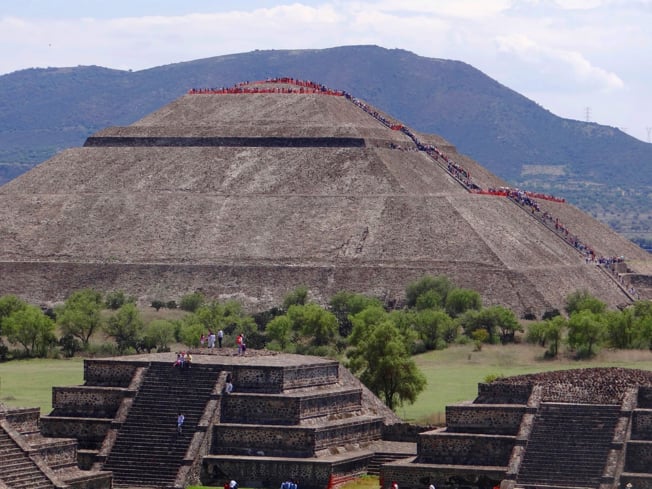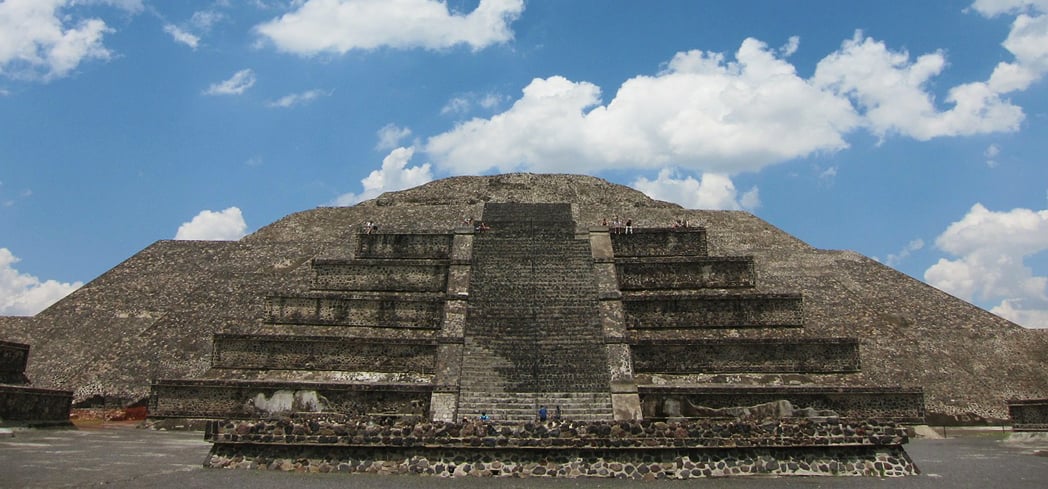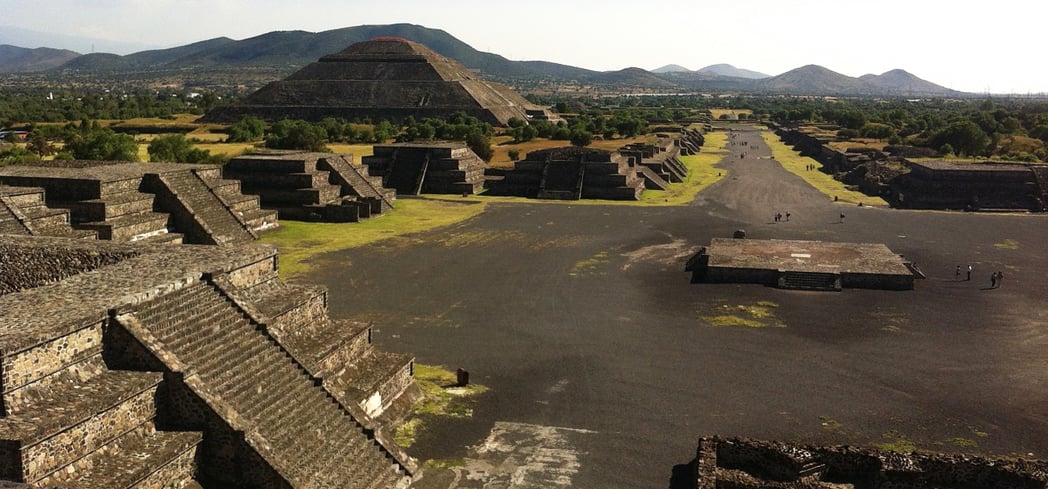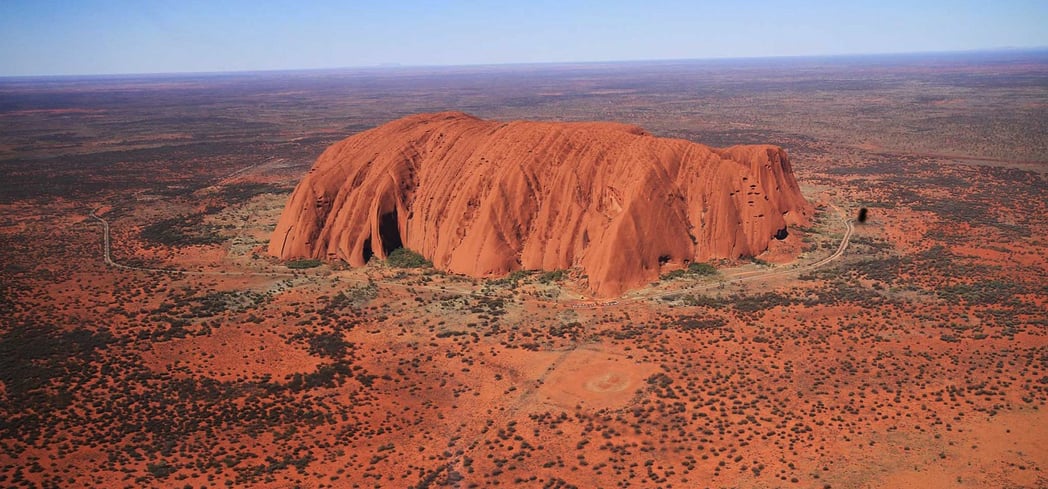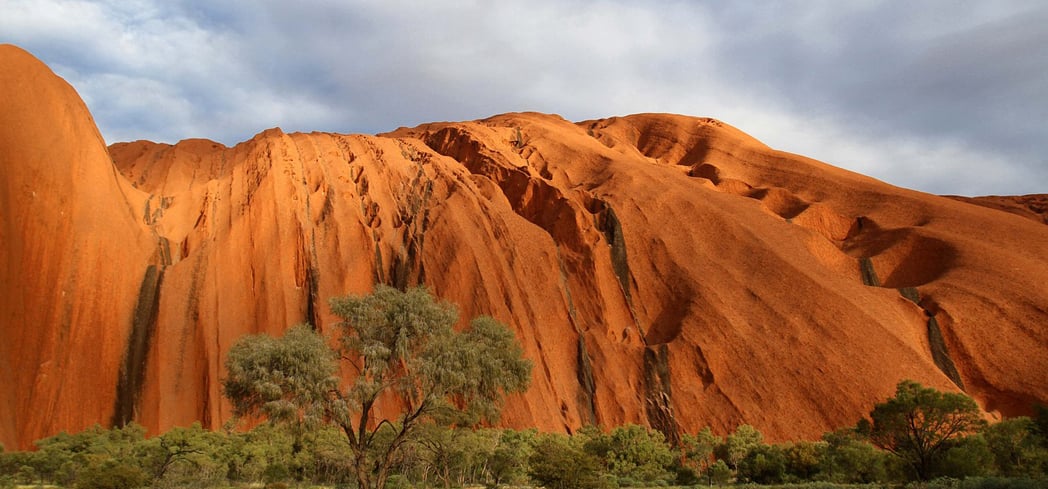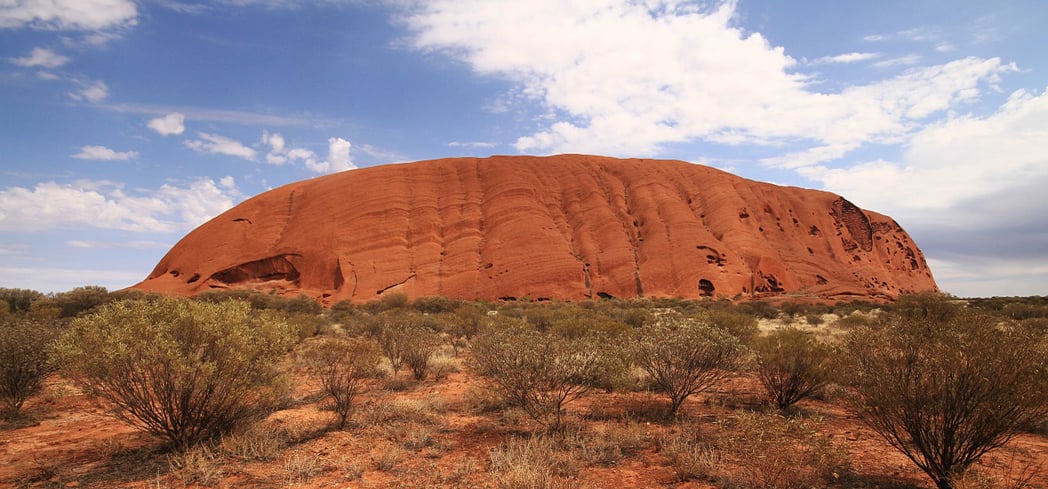Best Must-See Travel Destinations
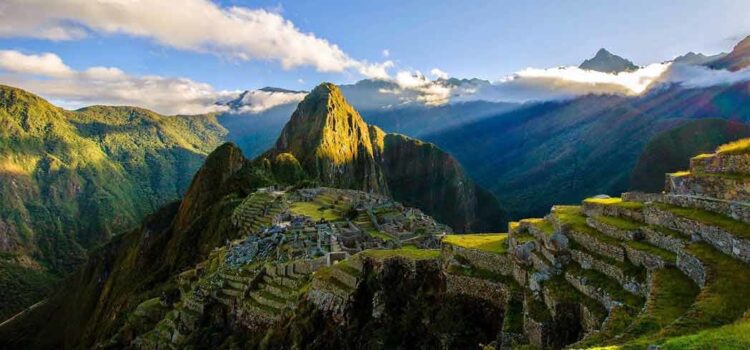
11. Pyramids of Giza
Like Stonehenge, many mysteries surround the construction of these three pyramids, which are part of a mausoleum complex.
The Great Pyramid of Giza, the best-known of the group standing outside of Cairo, is the only one of the ancient Seven Wonders of the World that also graces our list. Finished around 2,560 BC, the 481-foot creation (now shorter due to erosion) was the tallest man-made structure in the world for 38 centuries until the completion of Lincoln Cathedral in 14th-century England.
How were these made? Were space aliens needed to cut, move and stack the millions of stones, some weighing 88 tons? Does some powerful force emanate from them today? Hop on a camel or hail a taxi and go judge for yourself.
See it on a map: Giza, Egypt
For more information: click here
Book your hotel in Egypt
12. Stonehenge
The purpose of its creation remains a mystery and it’s an enigma that draws nearly a million visitors every year.
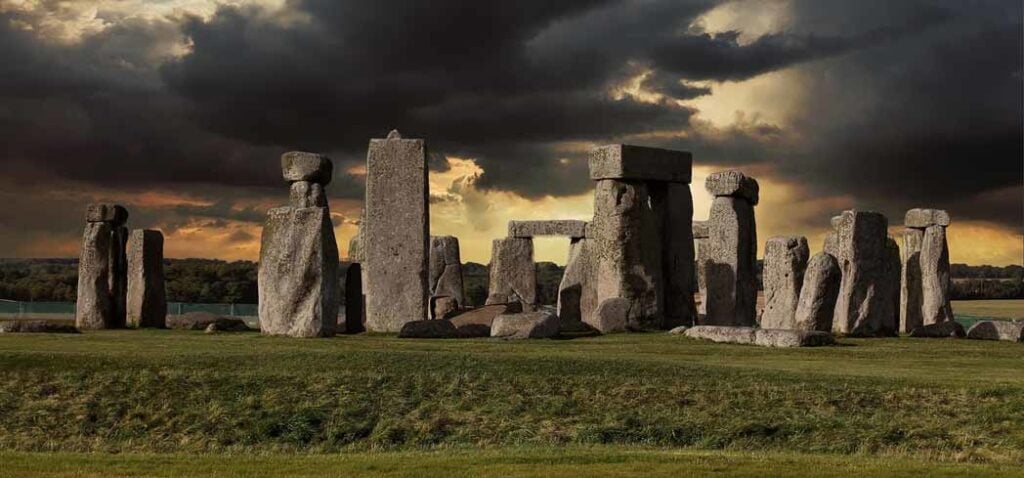
Does the arrangement of the 25-ton sarsens (sandstone blocks) at Stonehenge suggest some sort of celestial prediction? Or is it just a bunch of big rocks? No one really knows. Theories about the nearly 5,000-year-old circular stone structure in southern England vary. Some believe it was a place of healing, others that it was a burial ground and used for ancestor worship.
The most enchanting time to visit Stonehenge is at sunset when a yellow-orange glow can be seen through the magnificent towers’ arches. Booking a guided tour is required to visit the center and see the stones up close. But the best views of the structure, about a two-hour drive from London, are from a distance where you can fully appreciate their grand design.
See it on a map: Stonehenge, Amesbury U.K.
For more information: click here
Book your hotel near Stonehenge
13. Taj Mahal
An architectural love letter, this massive marble temple in northern India is one of the most recognizable structures on the planet.
It was built in the first half of the 17th century by Mughal emperor Shah Jahan to hold the body of his beloved third wife, Mumtaz Mahal. The building is now a mausoleum for both. The construction took more than 22 years to complete, requiring as many as 20,000 workers.
Some skilled artisans came from as far as Constantinople (today, Istanbul), and about 1,000 elephants were used to transport materials. Today, vehicles that emit pollution are not allowed within a mile of the structure, so be prepared to walk or hire a battery-powered vehicle called a tuk tuk.
See it on a map: Agra, India
For more information: click here
Book your hotel near the Taj Mahal
14. Teotihuacan
Teotihuacan was an ancient Mesoamerican city that was established around 100 BC.
At one time, it was the largest metropolis in the pre-Columbian Americas and had significant cultural influence on surrounding areas. The Aztecs named the region Teotihuacan (“the place where gods were created”) when they arrived centuries after its fall. Here, you can walk along the Avenue of the Dead, Teotihuacan’s main road.
The broad, central thoroughfare dissects the city and is surrounded by mounds that resemble large tombs. Tourists can view a number of well-preserved murals, as well as the Pyramid of the Moon and the Pyramid of the Sun. The latter is the third largest pyramid in the world. Teotihuacan became a UNESCO World Heritage Site in 1987.
See it on a map: San Juan Teotihuacan de Arista, Mexico
For more information: click here
Book your hotel near Teotihuacan
15. Uluru
A World Heritage Site, Uluru is an awe-inspiring sandstone rock formation rising out of the desolate outback of Australia’s Northern Territory.
The name derives from the aboriginal tribes that settled in the area 10,000 years ago. The landmark is also known as Ayers Rock, named in honor of Sir Henry Ayers, who served as Chief Secretary of South Australia in the late 19th century. Jutting nearly 1,150 feet in the air, the natural monolith is taller than the Eiffel Tower.
It stands in stark contrast to the miles of flat desert that surround it. Visitors can climb to the top of Uluru and explore the base, which is about six miles around. The hike takes anywhere from 30 minutes to two hours. The view atop the rock is remarkable during sunrise and sunset.
See it on a map: Petermann NT, Australia
For more information: click here

